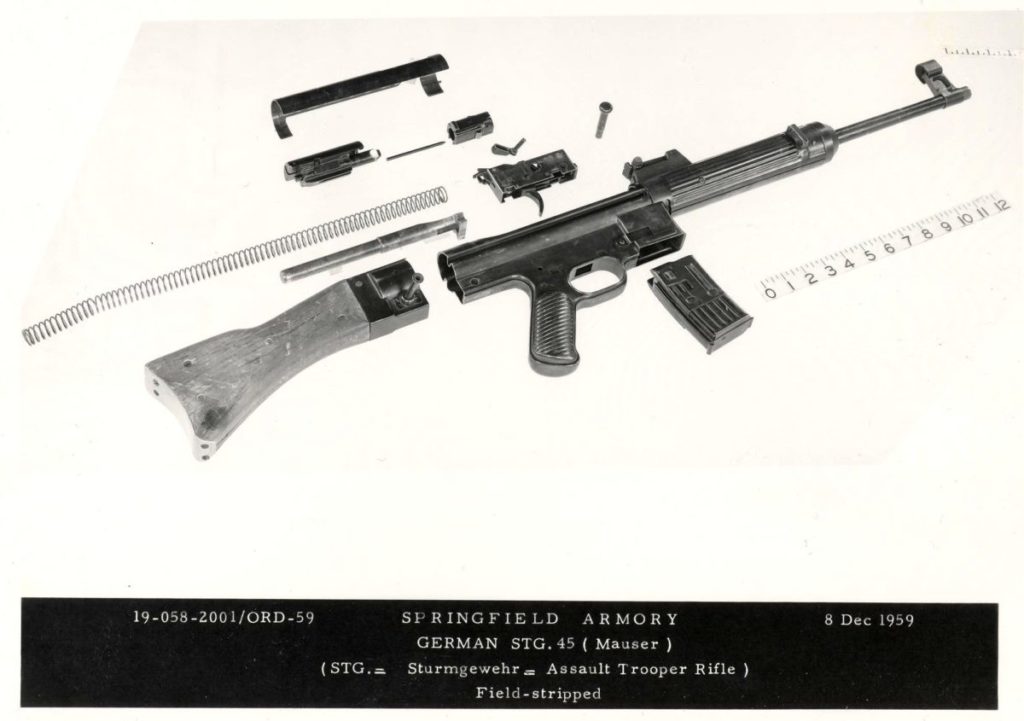The MG 42 is perhaps the most infamous general-purpose machine gun in existence. While the Maxim and Vickers guns have been around longer, the MG 42 and its immediate predecessor, the MG 34, changed the way machine guns were made. The new general-purpose machine guns were sleeker, lighter, and much more ergonomic than the clunky, modified variants of existing guns, such as the MG 08/15 and the abysmally awkward M1919A6.
The MG 42 had a remarkably high rate of fire that earned it various nicknames, the most famous of which is probably “Hitler’s buzzsaw.” While its official rate of fire was 1,200 RPM, the actual rate could be as high as 1,500 RPM in some instances. If you’d like some help visualizing this, go to the Knob Creek Gun Range in April or October and experience it first-hand. While impressive, 1,200-1,500 RPM is also somewhat wasteful, and user training and experience were critical to maximizing the MG 42’s effectiveness.
The high rate of fire and, more importantly, the MG 42’s reliability, were due to its revolutionary roller lock action. The roller lock system was virtually a complete departure from every machine gun operating system devised to that date, and its performance was impressive. In fact, the MG 42 was such an impressive machine gun that it is still in active service around the world in the guise of the MG 3, a 7.62 NATO-chambered weapon that otherwise differs only in its reduced rate of fire and, to a minor extent, cosmetically.
German engineers continued to work with and modify the roller lock system throughout World War II. Some developments led to speculative and prototype designs such as aircraft-mounted machine guns with rates of fire exceeding 5,000 RPM. Arguably the most noteworthy modification came at the very end of the war with Mauser’s obscure, but very important Gerät 06H, more commonly referred to as the StG 45(M). While outwardly the StG 45(M) looked much like the StG 44, internally it was fundamentally different: a modified roller lock system — halbverriegelt, meaning “half-locked,” which added the “H” designation to “Gerät 06.” The design was promising, but it created some interesting pressure problems that were overcome by fluting the chamber.
Is this starting to sound familiar?
There is some debate as to how many StG 45(M)s were actually produced during World War II. Most sources agree the number was well under 100. You can go check grandpa’s attic for one, but don’t hold your breath. However, its design did turn a number of heads at the end of the war, as did those of many late-war German weapons that were incredibly advanced for 1945. Most of the advanced designs ended up in the hands of the Americans, Soviets, British, or French. The French even “moved” Mauser to France, including many of its personnel.
Interestingly, however, following World War II the StG 45(M) got the most attention in Spain, where an obscure scientific and engineering group, called The Center for Technical Studies of Special Materials, decided to turn the StG 45(M) concept into an unprecedented new service rifle.

Nice write-up. Very impressive design.